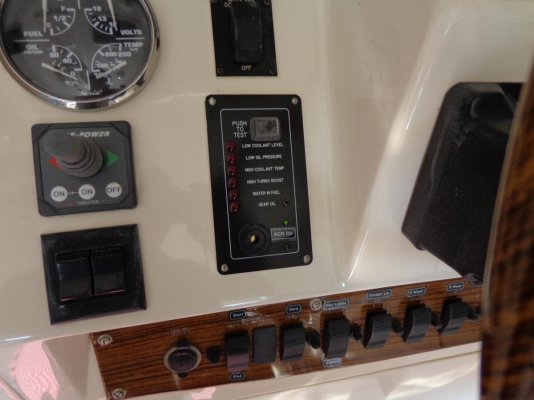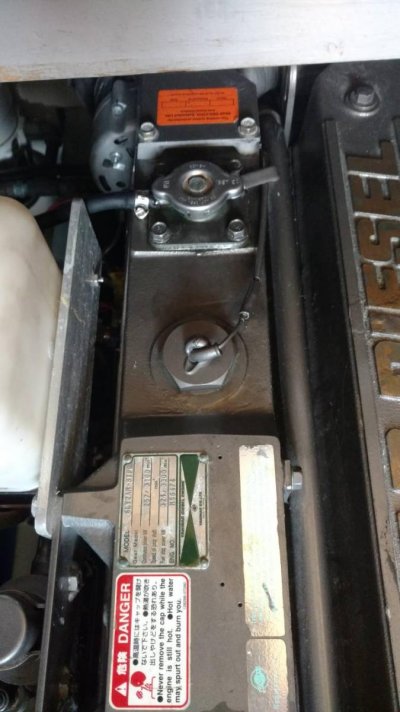jefndeb
Guru
I just finished removing/cleaning and reinstalling the sea water heat exchanger on my Yanmar 6LY-2AN-STP....all went well but the warning tone does not go off after the engine is started.....I cant find anywhere in the Mainship manual what this tone is for...low oil pressure, over temp, no water flow???
I am thinking its something to do with fresh water level (coolant) but cannot find any reference for it anywhere...there is no idiot light associated with this tone telling what this warning is..
Any suggestions??
I am thinking its something to do with fresh water level (coolant) but cannot find any reference for it anywhere...there is no idiot light associated with this tone telling what this warning is..
Any suggestions??


